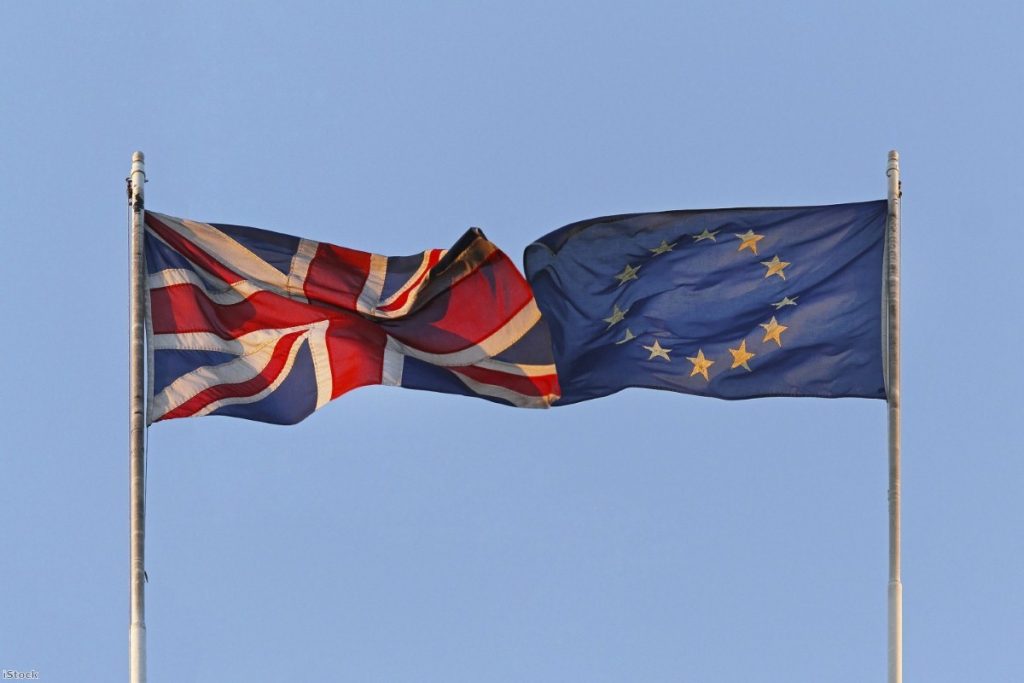Brexit added almost £6bn to UK food bills in the two years to the end of 2021, London School of Economics (LSE) researchers have discovered.
An average of £210 was added to household food bills over the two years, the research found.
As low-income families spend a greater share of their income on food, the impact of Brexit on their purchases was disproportionately greater, they said.
CEP found the Brexit-induced price rise led to an overall cost of living increase for the poorest households of 1.1% – 52% more than the 0.7% rise felt in the top 10% of households in Britain.


A previous report by CEP researchers found that leaving the EU increased the price of food products by six per cent.
“We find that leaving the European Union increased the price of food products by 3% a year, leading to a 6% increase over a two-year period,” they say in their report, named Non-tariff barriers and consumer prices: evidence from Brexit.
Richard Davies, a professor at Bristol University and study co-author, said: “The UK inflation rate rose above 11 per cent in 2022, the highest rate in 40 years. Many factors, affecting both supply and demand for goods and services, are involved. One factor in this high inflation has been the rise in non-tariff barriers for trade with the EU.
“In leaving the EU, the UK swapped a deep trade relationship with few impediments to trade for one where a wide range of checks, forms and steps are required before goods can cross the border. Firms faced higher costs and passed most of these onto consumers. Over the two years to the end of 2021, Brexit increased food prices by around six per cent overall.”
Nikhil Datta, assistant professor of economics at Warwick University and study co-author, said: “The policy implications are stark: non-tariff barriers are an important impediment to trade that should be a first-order concern, at least on par with tariffs, for policymakers interested in low consumer prices.
“We calculate that Brexit caused a loss of £210 for the average household, or £5.84 billion overall, when looking at its impact on the food market alone. Since poorer households spend a larger fraction of their income on food, they are hit harder.”

